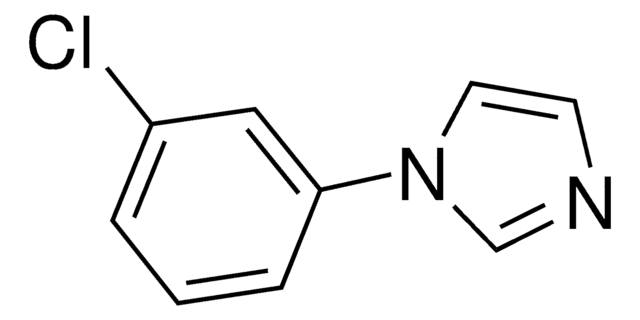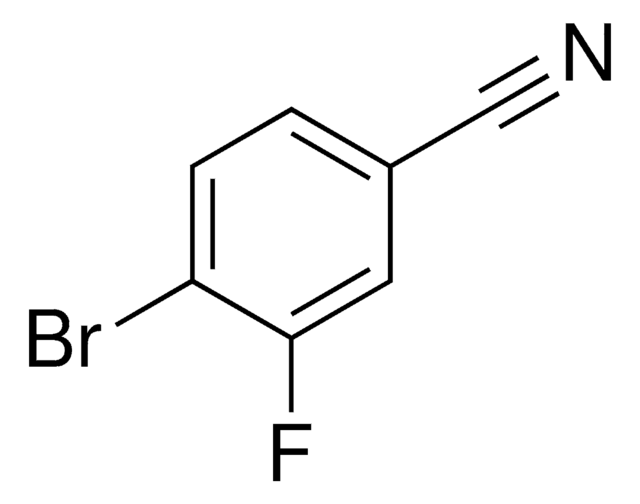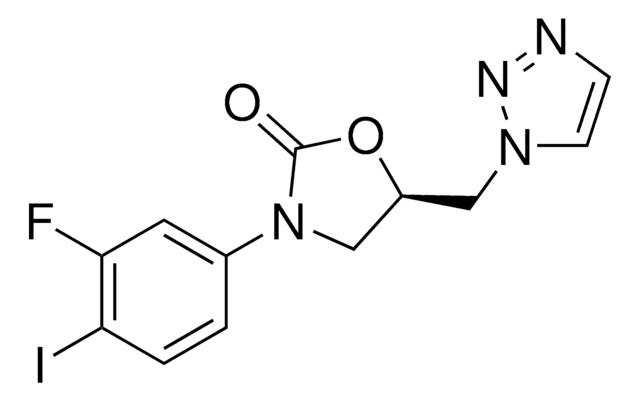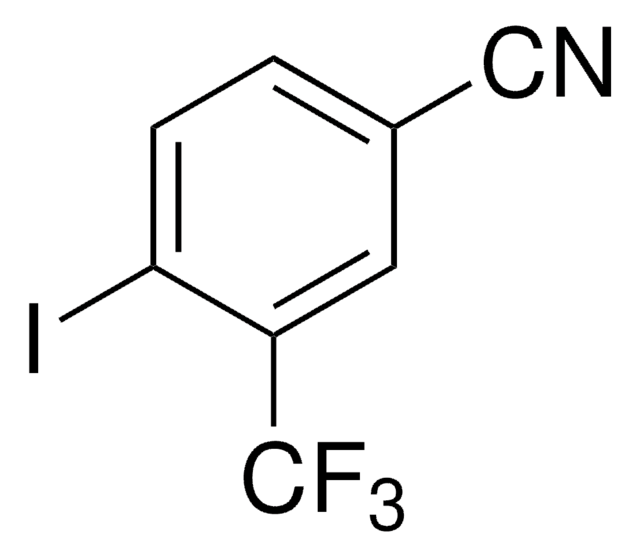DPM00001
(1R,2R)-1,2-Bis(4-nitrophenyl)ethylenediamine dihydrochloride
About This Item
Recommended Products
form
solid
SMILES string
N[C@H](C1=CC=C([N+]([O-])=O)C=C1)[C@@H](C2=CC=C([N+]([O-])=O)C=C2)N.Cl.Cl
InChI
1S/C14H14N4O4.2ClH/c15-13(9-1-5-11(6-2-9)17(19)20)14(16)10-3-7-12(8-4-10)18(21)22;;/h1-8,13-14H,15-16H2;2*1H/t13-,14-;;/m1../s1
InChI key
PDPYGNJVCKPVGM-KFWOVWKUSA-N
Related Categories
Other Notes
NOTWITHSTANDING ANY CONTRARY PROVISION CONTAINED IN SIGMA-ALDRICH′S STANDARD TERMS AND CONDITIONS OF SALE OR AN AGREEMENT BETWEEN SIGMA-ALDRICH AND BUYER, SIGMA-ALDRICH SELLS THIS PRODUCT "AS-IS" AND MAKES NO REPRESENTATION OR WARRANTY WHATSOEVER WITH RESPECT TO THIS PRODUCT, INCLUDING ANY (A) WARRANTY OF MERCHANTABILITY; (B) WARRANTY OF FITNESS FOR A PARTICULAR PURPOSE; OR (C) WARRANTY AGAINST INFRINGEMENT OF INTELLECTUAL PROPERTY RIGHTS OF A THIRD PARTY; WHETHER ARISING BY LAW, COURSE OF DEALING, COURSE OF PERFORMANCE, USAGE OF TRADE OR OTHERWISE.
Storage Class
11 - Combustible Solids
wgk_germany
WGK 3
flash_point_f
Not applicable
flash_point_c
Not applicable
Choose from one of the most recent versions:
Certificates of Analysis (COA)
Sorry, we don't have COAs for this product available online at this time.
If you need assistance, please contact Customer Support.
Already Own This Product?
Find documentation for the products that you have recently purchased in the Document Library.
Related Content
The Chin group is interested in computational and experimental approaches to understanding stereoselective recognition and catalysis. Their studies in weak forces (H-bonding, electronic and steric effects) has led to a highly efficient method for making limitless varieties of chiral vicinal diamines from the 'mother diamine' that are useful for developing stereoselective organocatalysts or transition metal-based catalysts as well as for developing drugs (Acc Chem Res (2012) p1345). The 'mother diamine' is also useful for making binol, monophos and binap analogs. The Chin group is also interested in using reversible covalent bonds for stereoselective recognition and L to D conversion of natural and non-natural amino acids (EJOC (2012) p229).
Our team of scientists has experience in all areas of research including Life Science, Material Science, Chemical Synthesis, Chromatography, Analytical and many others.
Contact Technical Service![(11bR)-2,6-Bis(diphenylphosphino)-N,N-dimethyldinaphtho[2,1-d:1′,2′-f]-1,3,2-dioxaphosphepin-4-amine](/deepweb/assets/sigmaaldrich/product/structures/260/755/3101c3e8-e884-4803-ba52-a87c7e168847/640/3101c3e8-e884-4803-ba52-a87c7e168847.png)
![Ir[FCF3(CF3)ppy]2(dtbbpy)PF6](/deepweb/assets/sigmaaldrich/product/structures/378/510/56b6b674-c8d0-4647-8683-91484e1b7543/640/56b6b674-c8d0-4647-8683-91484e1b7543.png)




![Chloro[tris(para-trifluoromethylphenyl)phosphine]gold(I) 99%](/deepweb/assets/sigmaaldrich/product/structures/250/453/f96e05ee-0d9c-46a0-b0f5-818f89e15a2e/640/f96e05ee-0d9c-46a0-b0f5-818f89e15a2e.png)
![[Ir(ppy)2(5,5′-Me2bpy)]PF6 ≥95%](/deepweb/assets/sigmaaldrich/product/structures/428/388/eba49499-67bc-4fbc-8ccf-6eae731d7141/640/eba49499-67bc-4fbc-8ccf-6eae731d7141.png)

![Chloro(4-cyanophenyl)[(R)-1-[(S)-2-(dicyclohexylphosphino)ferrocenyl]ethyldicyclohexylphosphine]nickel(II)](/deepweb/assets/sigmaaldrich/product/structures/308/161/648149e1-191f-48a0-af54-81c827b98fc9/640/648149e1-191f-48a0-af54-81c827b98fc9.png)